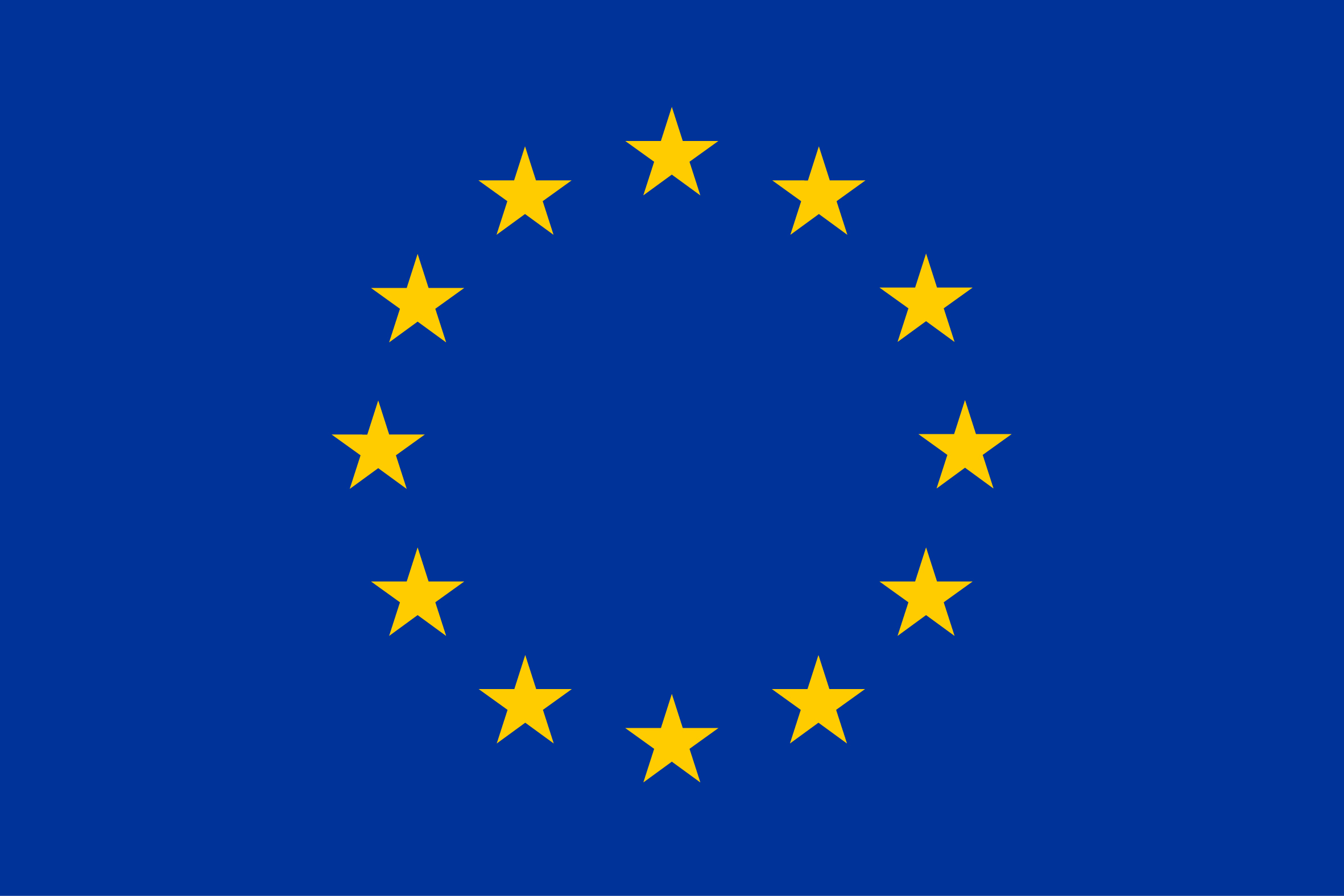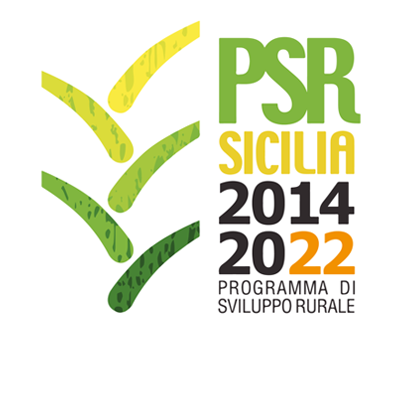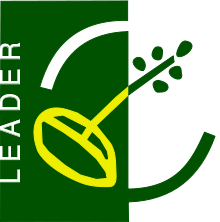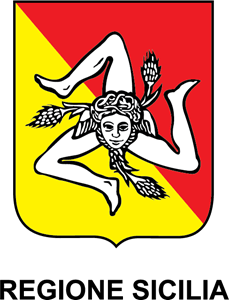West African Dwarf
Country
Specie
ISO3
SLE
Language
eng.
Transboundary name
West African Dwarf
Other name
Cameroon, Djallonke, Grassland, Guinean, Guinean Dwarf, Kirdi, Kosi, Nigerian Dwarf, Pygmy, African
Breed classification (geographic)
International
Specific resistance or tolerance
This breed is reported to be trypanotolerant.
Specific reproductive characteristic
This breed is highly prolific.
Color comments
uni coloured: all colours
Number of horns males
2
Number of horns females
2
Wither height males
40
Wither height females
40
Weight males
22.00
Weight females
20.00
Other specific visible traits
males normally bearded, with a weak mane
Domestication status
domestic
Taxonomic classification
Breed
Local cryo conservation status
No Information
Local Risk
Unknown
Detailed local risk status
Unknown
International Transboundary Risk detailed
Not at Risk
Sanaans
Country
Specie
ISO3
SLB
Language
eng.
Transboundary name
Saanen
Breed classification (geographic)
International
Number of horns males
0
Number of horns females
0
Domestication status
domestic
Taxonomic classification
Breed
Description of origin
exotic, locally adapted breed.
Local cryo conservation status
No Information
Local Risk
Unknown
Detailed local risk status
Unknown
International Transboundary Risk detailed
Not at Risk
New Zealand Feral
Country
Specie
ISO3
SLB
Language
eng.
Breed classification (geographic)
Local
Number of horns males
0
Number of horns females
0
Domestication status
domestic
Taxonomic classification
Breed
Description of origin
imported from New Zealand; locally adapted breed;
Local cryo conservation status
No Information
Local Risk
Unknown
Detailed local risk status
Unknown
Angora
Country
Specie
ISO3
SLB
Language
eng.
Transboundary name
Angora
Breed classification (geographic)
International
Number of horns males
0
Number of horns females
0
Domestication status
domestic
Taxonomic classification
Breed
Description of origin
imported from Australia; exotic
Local cryo conservation status
No Information
Local Risk
Unknown
Detailed local risk status
Unknown
International Transboundary Risk detailed
Not at Risk
Anglo-Nubian
Country
Specie
ISO3
SLB
Language
eng.
Transboundary name
Anglo-Nubian
Breed classification (geographic)
International
Number of horns males
0
Number of horns females
0
Domestication status
domestic
Taxonomic classification
Breed
Description of origin
recently imported from Australia; exotic; The recent importations of live Anglo Nubian goats supplemented with limited straws of frozen semen (A.I) from Australia in 1990 were made to improve the government goat herd at Tenavatu Farm (now destroyed).
Year of origin
1990
Local cryo conservation status
No Information
Local Risk
Unknown
Detailed local risk status
Unknown
International Transboundary Risk detailed
Not at Risk
Djallonké
Country
Specie
ISO3
SEN
Transboundary name
West African Dwarf
Other name
African, Cameroon, Djallonke, Grassland, Guinean, Guinean Dwarf, Kirdi, Kosi, Nigerian Dwarf, Pygmy, West African Dwarf
Breed classification (adaptedness)
Locally adapted
Breed classification (geographic)
International
Specific resistance or tolerance
This breed is reported to be trypanotolerant.
Specific reproductive characteristic
This breed is highly prolific, about 150%..
Color comments
multi coloured: various colours
Number of horns males
2
Number of horns females
2
Wither height males
45
Wither height females
35
Weight males
25.00
Weight females
20.00
Other specific visible traits
Small sized animals. Males normally bearded, with a weak mane
Domestication status
domestic
Taxonomic classification
Breed
Location within country
southern and eastern Senegal
Local cryo conservation status
No Material
Local Risk
Not at Risk
Detailed local risk status
Not at Risk
International Transboundary Risk detailed
Not at Risk
Chèvre du Sahel
Country
Specie
ISO3
SEN
Language
fr.
Transboundary name
Sahelian
Breed classification (adaptedness)
Locally adapted
Breed classification (geographic)
International
Specific reproductive characteristic
The prolificity of the goats is average, variable according to the conditions of food between 110 and 130%.
Color comments
uni coloured: white
Number of horns males
0
Number of horns females
0
Wither height males
80
Wither height females
70
Weight males
35.00
Weight females
25.00
Domestication status
domestic
Taxonomic classification
Breed
Location within country
Northern and Central part of the country.
Local cryo conservation status
No Material
Local Risk
Not at Risk
Detailed local risk status
Not at Risk
International Transboundary Risk detailed
Not at Risk
Yei
Country
Specie
ISO3
SDN
Other name
Baria, Latuka-Baria, Latuka
Breed classification (geographic)
Local
Specific resistance or tolerance
This breed is probably resistant to trypanosomiasis. The animals are exposed to diseases, particularly internal parasites.
Color comments
uni coloured: black
Number of horns males
2
Number of horns females
2
Horn shape size and comments
small horns pointing upwards
Other specific visible traits
similar to Congo Dwarf, small with short ears
Domestication status
domestic
Taxonomic classification
Variety
Description of origin
very small variety of Southern Sudan
Location within country
western Equatoria
Local cryo conservation status
No Material
Local Risk
Unknown
Detailed local risk status
Unknown
Sudanese nubian
Country
Specie
ISO3
SDN
Transboundary name
Sudanese Nubian
Other name
Beldi, Black Sudanes Nubian, Didinga, Boya
Breed classification (adaptedness)
Locally adapted
Breed classification (geographic)
Regional
Additional information comments
Now, Ministry of Livestock has proposed plan to restock the Station.
Color comments
uni coloured: black <br>multi coloured: predominantly black and white
Number of horns males
2
Number of horns females
2
Horn shape size and comments
thin pointed horns
Wither height males
76
Wither height females
71
Weight males
50.00
Weight females
35.00
Other specific visible traits
Long pendulous Ears either black or black with white small spots.
Domestication status
domestic
Taxonomic classification
Variety
Description of origin
local, larger variety of Southern Sudan
Location within country
This breed is kept by the Toposa, Boya and Didinga tribes in eastern Equatoria, towards the boarder with Kenya and Uganda
Local cryo conservation status
No Material
Local Risk
Unknown
Detailed local risk status
Unknown
Regional Transboundary Risk (detailed)
Not at Risk
Sudanese Nubian
Country
Specie
ISO3
SDN
Language
eng.
Transboundary name
Sudanese Nubian
Other name
Nubian, Baladi
Breed classification (adaptedness)
Locally adapted
Breed classification (geographic)
Regional
Special characteristic of product
This breed is reported to be the best milk producer in Sudan.
Color comments
uni coloured: black
Number of horns males
2
Number of horns females
2
Weight females
32.00
Other specific visible traits
Nubian type, long hair, lop ears
Domestication status
domestic
Taxonomic classification
Breed
Description of origin
similar to Syrian Mountain
Location within country
along the Nile
Local cryo conservation status
No Material
Local Risk
Not at Risk
Detailed local risk status
Not at Risk
Regional Transboundary Risk (detailed)
Not at Risk




